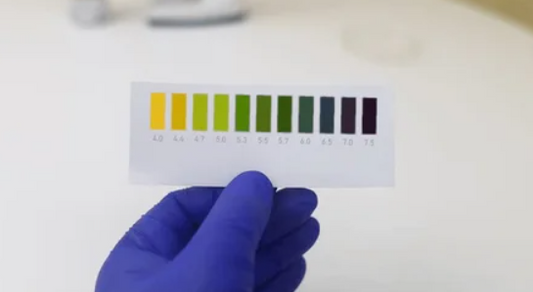Vaginal pH balance plays a crucial role in maintaining vaginal health and preventing infections. But what exactly is pH balance, and why is it important?
The vagina is naturally acidic, with a pH ranging between 3.8 and 4.5. This slightly acidic environment helps to ward off harmful bacteria and yeast, maintaining a delicate balance of microorganisms known as vaginal flora.
Why Is Vaginal pH Balance Important?
- Prevention of Infections: A balanced vaginal pH helps to create an inhospitable environment for harmful pathogens, reducing the risk of infections such as yeast infections and bacterial vaginosis.
- Maintenance of Vaginal Flora: The acidic pH of the vagina supports the growth of beneficial bacteria, such as lactobacilli, which play a crucial role in preventing overgrowth of harmful microorganisms.
- Preservation of Moisture and Lubrication: Optimal vaginal pH helps to maintain natural moisture levels and lubrication, promoting comfort and reducing the risk of dryness and irritation.
Factors Affecting Vaginal pH
⫸Menstrual Cycle: pH levels can fluctuate throughout the menstrual cycle, becoming slightly more alkaline during menstruation and returning to normal afterward.
⫸Hygiene Practices: Harsh soaps, douching, and feminine hygiene products containing fragrances or chemicals can disrupt the vaginal pH balance, leading to irritation and infection.
⫸Sexual Activity: Semen has a pH of around 7.1 to 8, which is more alkaline than the vagina. Intercourse can temporarily elevate vaginal pH, but it typically returns to normal within a few hours.
⫸Hormonal Changes: Hormonal fluctuations, such as those occurring during pregnancy, menopause, or hormonal contraceptive use, can impact vaginal pH balance.
Maintaining Vaginal pH Balance
♥Practice Gentle Hygiene: Use Ugees for washing delicates and avoid douching, which can disrupt the natural vaginal ecosystem.
♥Stay Hydrated: Drink plenty of water to support overall hydration, which can help maintain vaginal moisture and pH balance.
♥Choose pH-Balanced Products: Opt for intimate care products specifically formulated to match the natural pH of the vagina, such as Ugees Undergarment Liquid Wash.
♥Limit Antibiotic Use: Antibiotics can disrupt vaginal flora, leading to imbalances in pH. Use antibiotics only as prescribed by a healthcare professional.
♥Monitor Symptoms: Pay attention to changes in vaginal discharge, odor, and itching, as these may indicate an imbalance in pH or the presence of an infection.
With these tips, you can help preserve the delicate balance of vaginal flora and promote overall vaginal health and comfort.




